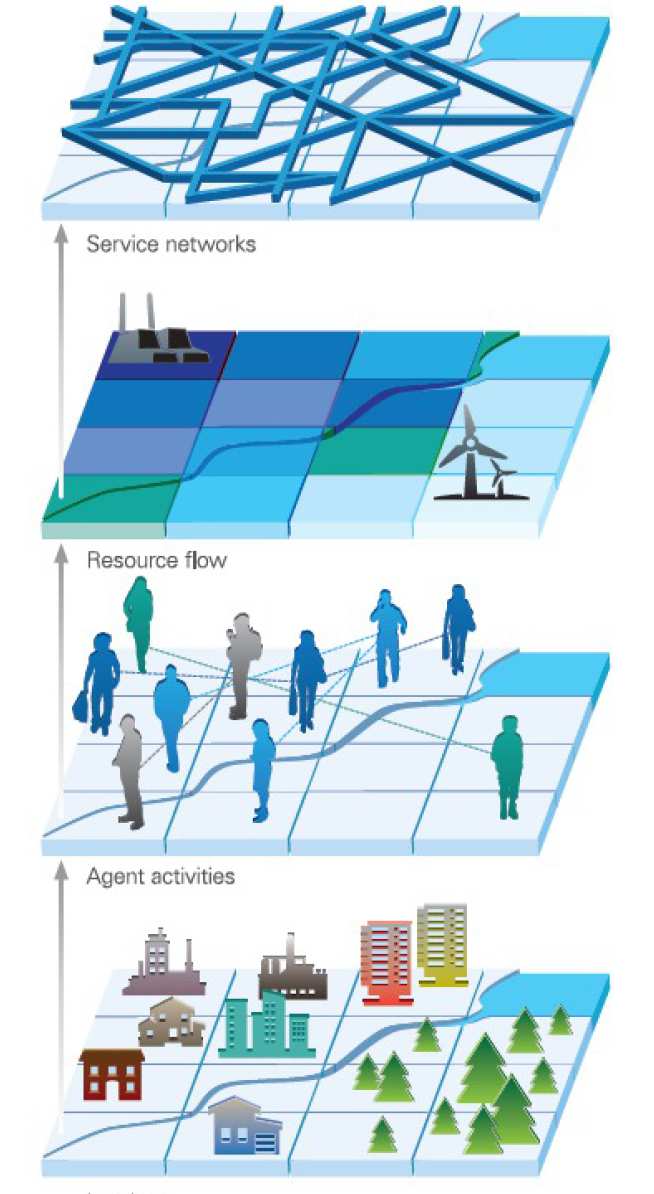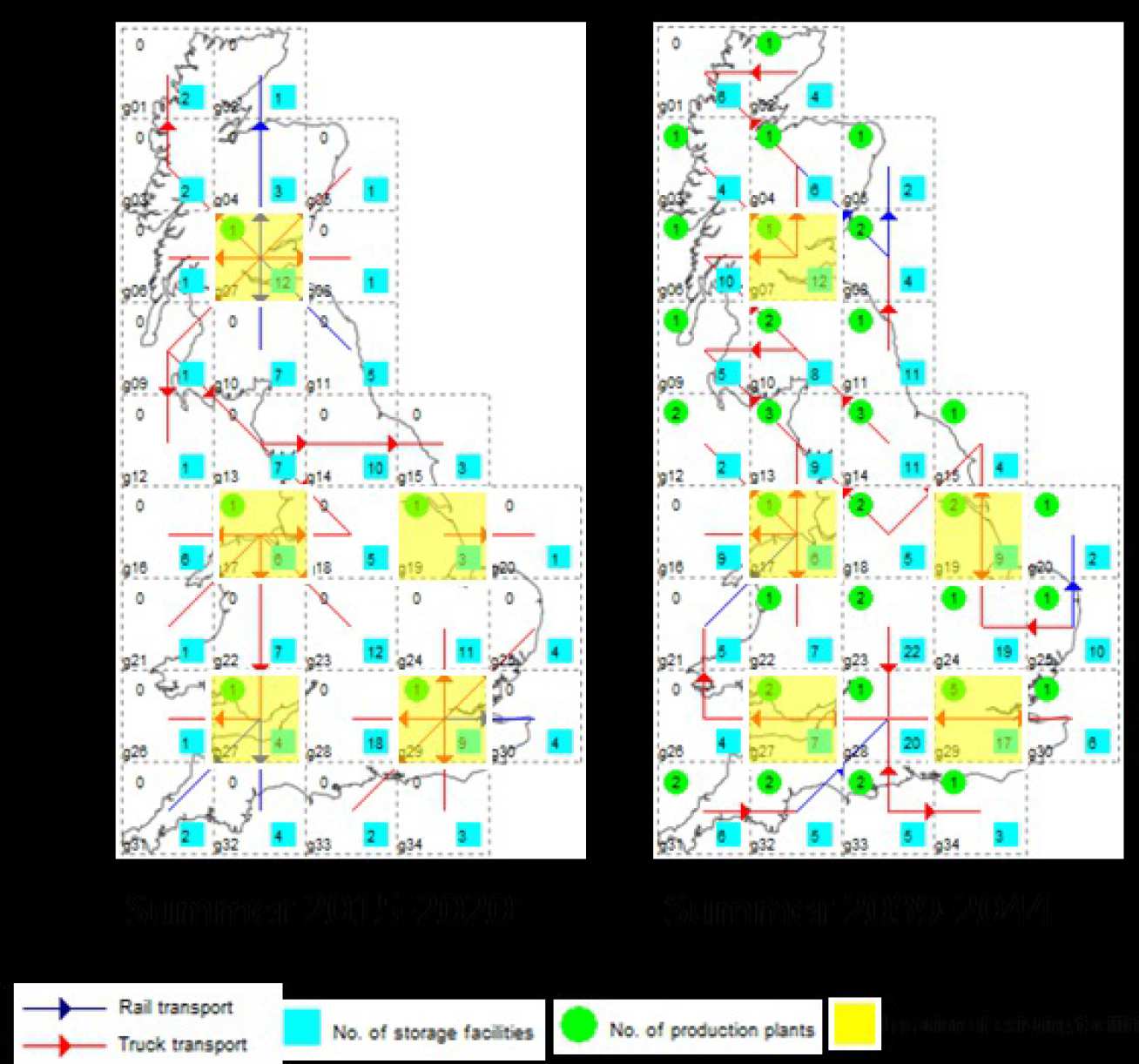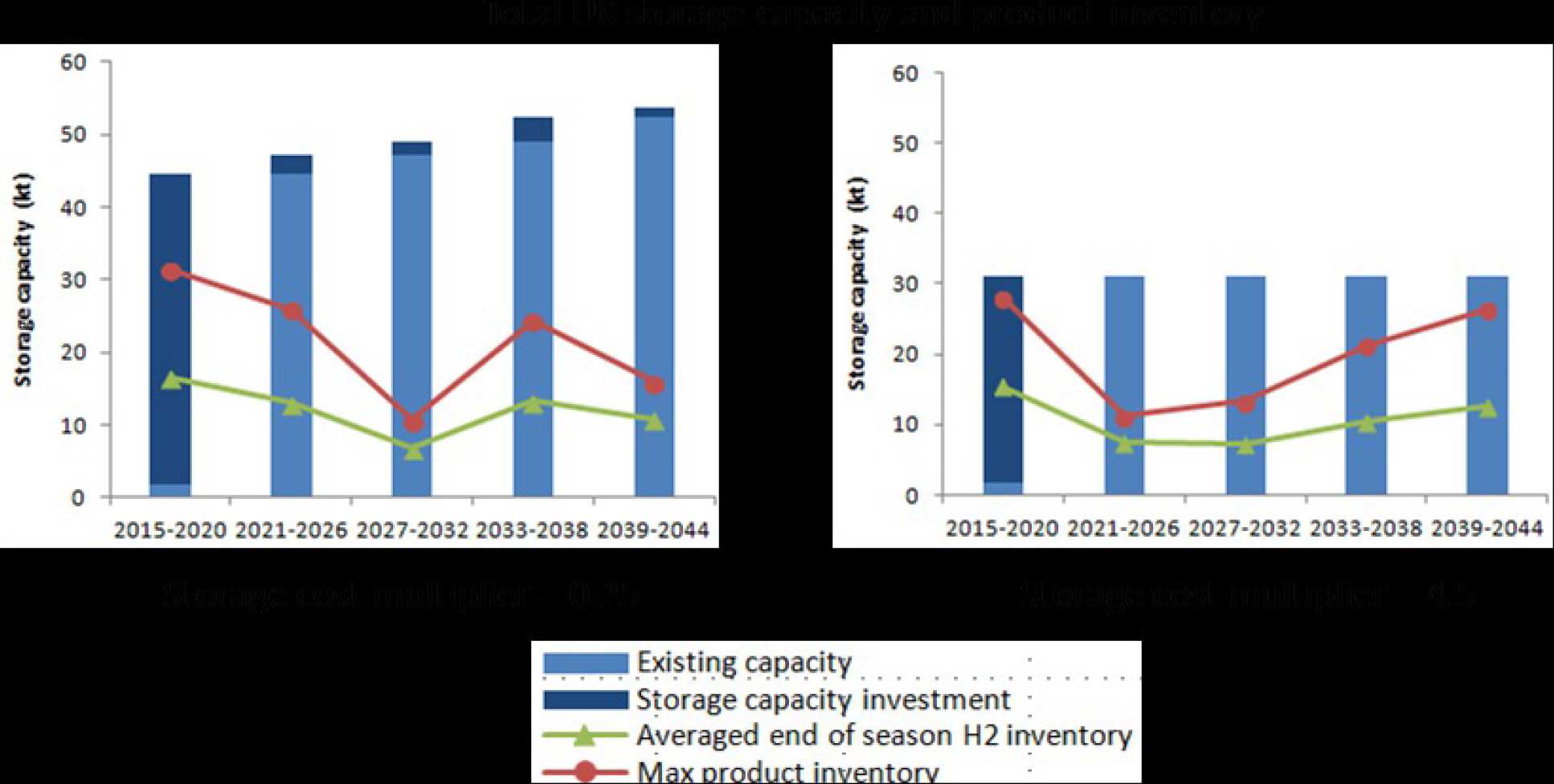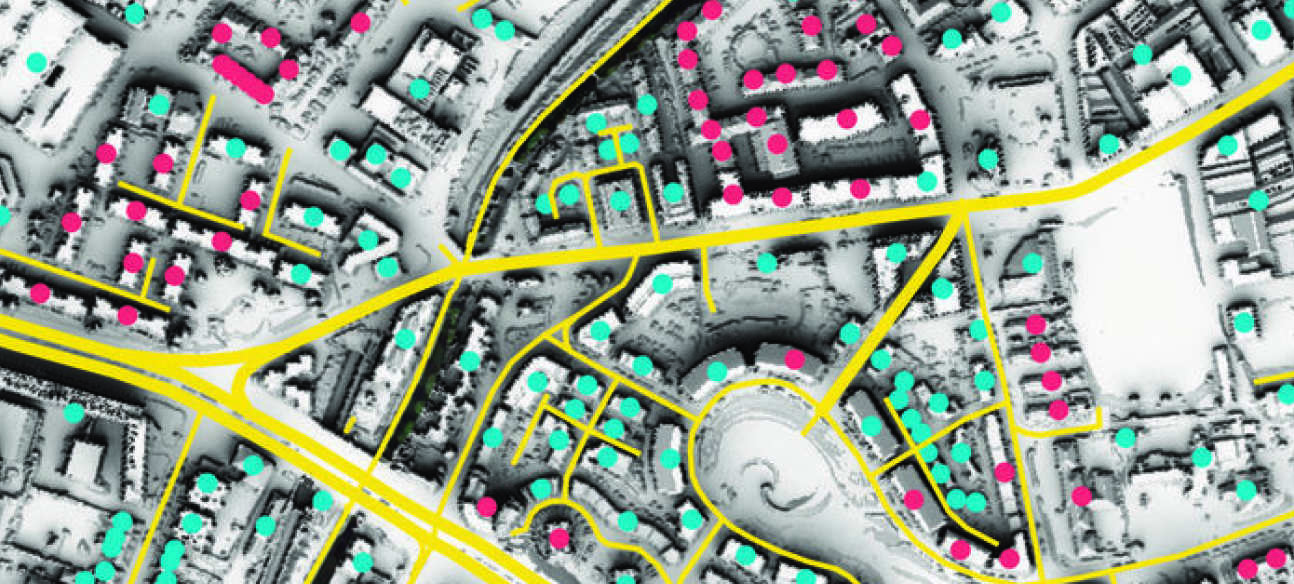Energy Systems Engineering
Concerns over the cost and integrity of supply coupled with the apparent inability to control greenhouse gas emissions resulting from the increased use of fossil fuels has amplified the need to focus not only on a less carbon intensesupply but the efficiency of energy generation and use together with strategies for carbon mitigation.
The Sargent Centre is engaged in a number of these areas of research including Urban Energy Systems, Bioenergy Systems, Hydrogen Networks and Polygeneration, Carbon Capture and Network systems.
Urban Energy Systems
There has been significant progress in work on Urban Energy Systems. Dr James Keirstead and Professor Nilay Shah launched their book entitled ‘Urban Energy Systems: An Integrated Approach.’
The book brings together the major lessons learnt from a £4 million, 5-year collaborative project with BP that investigated the technologies and systems used in cities to distribute and consume energy. Understanding these systems in more detail can provide valuable insights into how to make the distribution and consumption of energy more cost effective and sustainable in cities in the future.
Professor Shah made the following comments on the book: “Cities use up approximately three-quarters of the world’s energy and play a major role in issues such as economic security and climate change. Our book features a mix of case studies, modelling techniques, and background material that can help the next generation of engineers and policy makers take new approaches to designing our urban energy infrastructure so that it is more efficient and has less impact on the environment.”
One outcome of the research has been a state of the art Urban Energy Systems Model (URBEN). This model is a comprehensive optimisation tool that enables urban planners, property developers and equipment manufacturers to determine the optimum mix of technologies in order to meet policy goals and cost constraints for both retrofit and new urban build projects.

Within the urban environment, collaboration has continued with a major retail company allowing the Sargent Centre to study the energy demand of a large state of the art supermarket in considerable detail. This work has proved valuable in practice when looking at new store development. The possibility of a ‘zero carbon store’ has also been evaluated.
Mega Events: Urban Development Drivers A quantitative methodology to optimise the sustainability performance of major international events
Olga Parkes, Bogle, Lettieri (UCL Chemical Engineering), Malcolm Preston and Dan Dowling (PwC), EPSRC).
Sustainability assessment of mega-events and post-event site redevelopment scenario planning is a complex task that involves detailed consideration of numerous social, environmental and economic factors and views. This project is developing a framework for sustainability assessment of mega-events to assist decisionmakers with the evaluation of alternative design scenarios for the event and post-event site redevelopment. The framework will be for use early in the strategic planning process for the event so that both the event and its legacy can be considered together systematically. Our cases study is the London Olympic Park.
Design scenarios are assessed on the basis of a key indicator set that includes social, environmental and economic indicators. In terms of the environmental performance, the framework addresses the following issues: transport, construction and use of the buildings, water and energy use, and waste utilisation.
Scenario analysis is used to explore social impact. Life Cycle Analysis is a key tool for assessment of alternative environmental scenarios. For example LCA has been used to explore sustainable management of the municipal solid waste (MSW) which is a significant environmental issue. Using 10 integrated waste management scenarios we have shown that Advanced Thermal Treatment and incineration with energy recovery show the lowest Global Warming Potential (GWP). Economic assessment will use traditional methods.
The overall framework allows scenarios to be optimised across the life cycle under different assumptions. The results of the optimised scenarios can be used to assist in the long term planning and stakeholder consultation of the event and its legacy.
The optimisation of a future hydrogen infrastructure
Any future use of hydrogen as a significant fuel for power generation and transport will require a carefully designed supply chain capable of producing, distributing, storing and dispensing hydrogen to end users at the least possible cost. There are clearly many permutations of the ways hydrogen might be produced, transported and stored. The spatial distribution of these elements as well as demand and electricity cost profiles are critical parameters. Hydrogen has multiple uses including decarbonisation of transport and electricity storage.
Our approach was to build a MILP optimisation model to find the least cost supply network, subject to certain constraints. The model is based on a geographical grid of Great Britain and takes account of whether hydrogen is supplied as a liquid or gas, its primary source for example, natural gas, oil, coal, biomass, electrolysis using solar power etc. which determines the size, type and location of production plants together with the proximity of raw materials. Once produced, the model evaluates the various transport options; pipeline, truck or rail and the cost of transport mode compared to the establishment of a new production plant and decides on the number of fuelling stations in each grid square.
In one case study, we examined the possibility of hydrogen as a means of storing electricity and how advantage can be taken of daily price variations in grid electricity. This is illustrated below, where the relation between amount and cost of storage and hydrogen balances (surplus and deficit through a week are illustrated).



Modelling and optimisation of spatial energy systems
THERMOS (Thermal Energy Resource Modelling and Optimisation System) is an EU Horizon 2020 funded research project which aims to accelerate the development of new low-carbon heating and cooling systems across Europe, and enable faster upgrade, refurbishment, and expansion of existing systems. THERMOS kicked off in October 2016 and will be running for three years until September 2019.
As part of this project the Sargent Centre is developing optimisation models to identify cost effective heat networks for satisfying the thermal energy demands in an urban area while also meeting other constraints such as emissions targets. We are developing models of spatial energy systems continuing our earlier work on urban energy system models. Spatial energy system models consist of three facets:
- A spatial facet with nodes that represent the location of energy demands and energy centres for supplying these demands, and network links that connect these nodes.
- A temporal facet that represents the variations in the prices of supplies and fluctuations in heat demand.
- A process facet that represents the energy conversion (e.g. CHP, heat pumps), storage, transportation and consumption processes.
The models which can be formulated as MILP optimisation problems will be used in the planning of local heating and cooling networks to assess their economic viability and sustainability. The models will be coupled with electrical network models developed by the control and power systems group to quantify the impact of introducing new technologies (e.g. CHP, non-domestic heat pumps) on the electricity network, and the consequent costs for reinforcing the network. The models will be integrated with energy system mapping tools developed by the Centre for Sustainable Energy, Bristol, and will be tailored to the needs of a series of pilot city authorities in Islington, Warsaw, Jelgava and Granollers.



